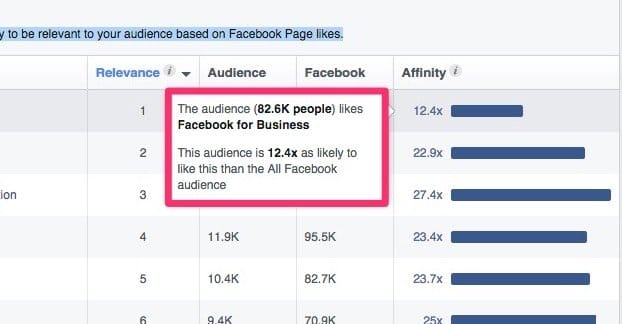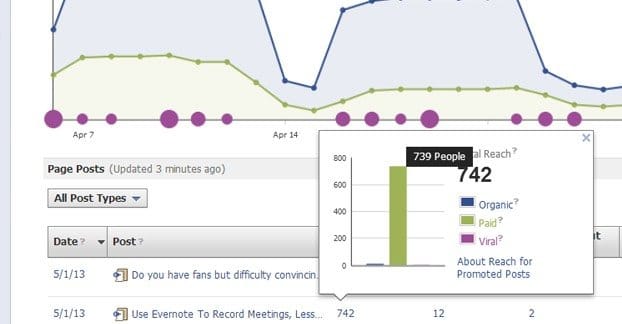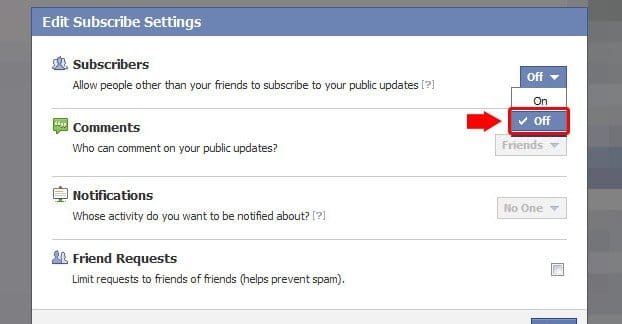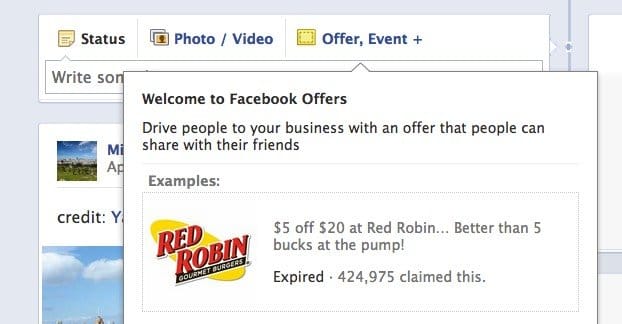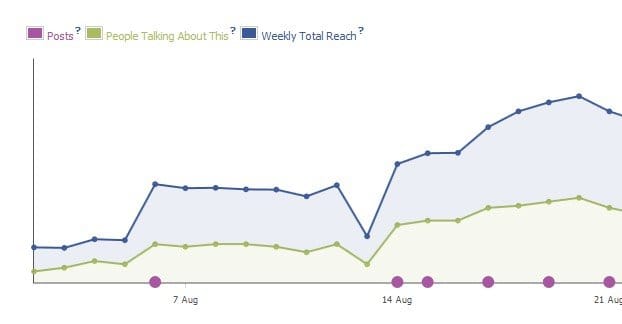 Written by ContentPowered.com
Written by ContentPowered.com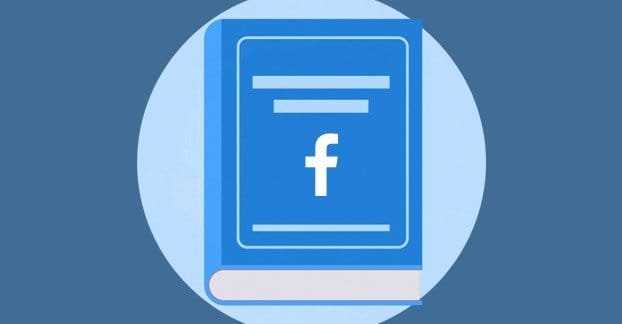
Facebook marketing is a complex topic, and it’s made all the more difficult to understand if you’re not aware of the terminology. Today’s post is a little different: it’s more of a glossary than an article. I’ve compiled the terms that are unique to Facebook marketing, and some that are valuable for marketing in general, so you can look up what something is if you’re confused.
A/B Testing
The concept of putting two instances of an ad or a post into circulation with identical qualities except for one change between the two, such as a different image, different title text, or a different destination link. You see which one performs better with a similar exposure, and make that your primary ad while then iterating the testing. Also known as split testing.
Affinity Score
The degree of interaction between two entities on Facebook, and a major contributor to EdgeRank. Engagement, including viewing a profile, commenting on a post, sharing a post, tagging a user and reacting to a post will increase affinity.
Negative engagement, like reporting a post or blocking a user, will reduce affinity, possibly to zero. Affinity decays over time, which is why engagement is so emphasized in Facebook marketing.
Algorithm
An algorithm is a set of rules followed by a computer for the purposes of problem solving. A very simple algorithm example might be sorting numbers by a rule: if X>5, put X into category 1. Else, put X into category 2. In modern parlance, however, the term “algorithm” is often used in the context of the guiding rules that govern how things work on a site. The factors that determine what sites rank #1 in Google is Google’s search algorithm. The information that determines what posts are displayed on Facebook is the Facebook Algorithm, also known as EdgeRank.
API
The Application Programming Interface. A set of information provided in a certain way, that accepts and recognizes certain code, is an API. The API allows third party programs to hook into a platform like Facebook and access information directly rather than by scraping it through manual means. Developers can read more about Facebook’s API, the Graph, in their developer center.
Audience
A group of people on Facebook used as the target for marketing. “All males in the USA” is an audience, albeit a broad one. “Men ages 20-35 in Wisconsin who like cheese” is another audience example, and is more akin to the kind of narrow targeting you want.
Audience Network
The network of mobile app publishers who have become part of an advertising network for Facebook ads. If you show ads to the audience network, they will be displayed outside of Facebook itself, but inside apps that are approved by Facebook.
Boost Post
A simple button available to pages that turns an organic post into an advertisement. Boosting posts allows you to pay for extra exposure and engagement, but has limited settings for targeting and optimization.
Often considered a trap for novice marketers and a waste of money compared to creating real news feed ads.
Clickbait
Any website title that follows a format like “This mother went to her daughter’s school; what she found will shock you!” Clickbait relies on your desire to find out more, despite the knowledge that it’s probably something utterly mundane or banal. Facebook marketers abused clickbait for a long time, and as a consequence, Facebook tends to demote posts using clickbait titles.
CTR
Click Through Rate is the measurement of the number of times a link is clicked divided by the number of people who viewed the link. If a link has 1,000 views and 10 clicks, it has a CTR of .01, or 1%.
Comment
A response to a post that involves typing a message in the comments box below that post. A form of engagement.
Conversion Rate
A metric that tracks the number of people who performed a conversion action, such as filling out a form or buying a product, divided by the number of people who reached the site. An important metric for measuring the success of advertising.
Cover Photo
The large image at the top of a Facebook profile or page.
In marketing, the cover photo is often used as a sort of advertising billboard or large opportunity for branding.
DMs
Direct Messages, which are messages sent through a messaging system directly to a person or page, rather than posted publicly on their feed or wall. “DMs” as an abbreviation is usually used for Twitter, though occasionally it is used for any generic messaging system.
EdgeRank
The name for the old algorithm that governs what posts show up for which people, and in what order. EdgeRank is comprised of three major factors: the type of post (image, link, text, video, etc), the time that has passed since the post was created, and the affinity score between the page and the user, or between two users. EdgeRank has recently been replaced by a more advanced algorithm.
Engagement Rate
The number of people who perform an engagement action, divided by the number of people who are exposed to the post.
Engagement Action
Any action a user can take that interacts with a post in a beneficial way. Likes and reactions, shares, and comments are all forms of engagement on Facebook. There is also negative engagement, such as hiding a post, marking it as spam, or reporting it.
Fans
The term used on Facebook for the people following your Facebook Page. Often used interchangeably with Followers.
Follower
Another term for the people who follow your Facebook Page.
Follower is the specific term for Twitter fans, but the word Follower is also a generic term for most one-sided following relationships on social media.
Friend
The Facebook term for someone who has a two-way relationship with a Facebook Profile, rather than a Page. Profiles can have both followers and friends. Followers see a feed but do not share their feed with the person they follow; friends share their feeds with each other in a mutual relationship.
Geotag
The process of attaching geographic and locational information to a post or image. Essentially, it allows someone to mark their location as meta data in addition to their posts, to connect with other people in that local geographic area.
Hashtag
A term that begins with # and is automatically parsed as a link. Originally created for Twitter, Facebook has chosen to adopt their functionality by linking such tags to search results within Facebook for those terms.
Impressions
The number of people who have a post show up in their feed. As long as it is displayed for them, it is considered an impression, no action is needed on their part.
Insights
Facebook’s native analytics engine. Insights shows a lot of information about your page audience, your post reach, impressions, and clicks, your ad performance, and other metrics.
Milestone
A feature available to Pages. Page owners have the ability to add company milestones, which are timeline landmarks such as the founding of the company, the first expansion, the IPO, the hiring of a new CEO, and other such events.
News Feed
The primary feed of content on Facebook. Feeds can be sorted between Facebook’s “top stories” algorithm or a more time-focused “most recent” sort.
Newsjacking
The concept of taking a current event or piece of news and turning it into a marketing piece for yourself. Good newsjacking takes a benign event like the Superbowl blackout and makes it an amusing post, as Oreo did. Bad newsjacking takes tragedy and tries to use it to sell, like Sears and Urban Outfitters have, among others.
Offer
A type of ad that allows you to gain widespread interest by giving something for free or in exchange for registration.
Offers are typically discounts, coupon codes, or store credit. There are a variety of different offer types you can set up.
Page
The type of account created by brands, businesses, and public figures. These types of accounts can access ads and analytics, but cannot message users directly or enter in “friend” relationships. Instead, they accumulate followers.
Power Editor
A plugin created for Google Chrome browsers and supported officially by Facebook. Power Editor rearranges the Facebook ads manager to be more conductive to mass marketing and large scale operations, and is designed for intermediate to advanced marketers. It also allows marketers to try out beta features that have not been rolled out to advertisers in general.
PPC
Pay Per Click, advertising where the impressions are free but the clicks are not. This is the most common form of advertising on Facebook.
Profile
A type of account created by individuals for personal use. These do not have access to the ads system by default, and do not have the restrictions on posting and interacting with others that a Page has. A profile must exist for a user to create a Page. Each user should only have one Profile, but can have many Pages.
Profile Picture
The smaller image set within or below the lower left corner of the cover photo. This is often used for selfies on personal profiles, or for logos on brand pages.
Reach
Similar to impressions. Reach is the number of people who see your posts, and is thus a smaller number than impressions. This is because one person seeing your post three times adds three impressions but only one to reach. Reach is divided into three categories.
Organic reach is the people who see your post based on the fact that you posted it. They are often your followers, but also people who visit your profile. Viral reach is the people who see your post based on the actions of others, such as when someone shares your post or comments on it and generates a new story. Finally, paid reach is the people who see your post because it was made into an ad via the ads manager or the boost post button.
Retargeting/Remarketing
The concept of creating an audience made up entirely of people who have already clicked on your link or visited your site. They have already shown interest, so they are easier to convert than the average audience.
Roles
The levels of authority for Page controllers. The Admin is the page owner with the most power. Editors have a little less power. Moderators have even more limited power, typically restricted to editing and deleting posts. Advertisers have access to the ads system but not the organic posts, and analysts have access to Insights but can’t manage the page directly.
Story
A post on Facebook. Most stories are posts created by people, but some stories are generated by other user actions. For example, when a user shares one of your posts, they generate a new story that happens to be a shared version of your post. Likewise, commenting on a post adds a “X user commented on Y post” story in the feeds of that user’s friends.
Tabs
Tabs, or Tab Apps, are apps that can be added to a page. They display along the side of the new page layout. Pictures and Videos are default Facebook apps, but anyone with coding experience can create an app so long as it fits within Facebook’s restrictions. Tab apps are often used for contests, among other things.
Trends
The box in the upper right of Facebook’s interface which shows a feed of news and current events. Unlike the similar feed on Twitter, Facebook’s trends cannot be purchased as part of advertising.
Verification
The process of obtaining the blue checkmark next to your name on Facebook. Verified accounts are given some extra social authority because they are recognized to be official or actually controlled by the entity claiming to own it. Verification is hard to get, however, and is typically only given to high profile people and brands in certain industries.
Viral
The concept of a given piece of media catching on with the internet at large, obtained a massive number of views in a very short time. Viral content is beneficial to have, but short lived, so you have to capitalize on it quickly to cement those temporary viewers as long-term followers.
